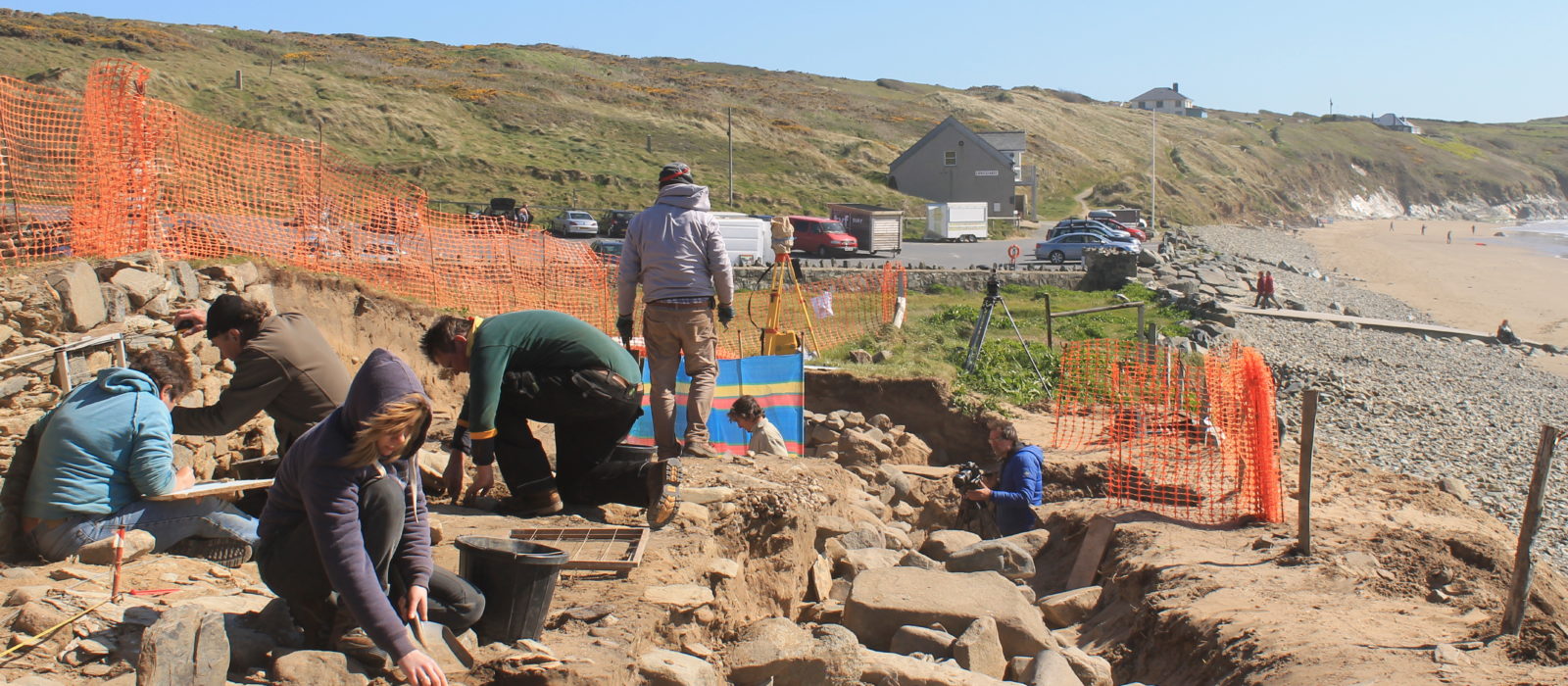Our interviewee is Dr Katie Hemer. Dr Hemer is currently a University of Sheffield Vice Chancellor’s Fellow, and will start her Lectureship there next year. She is the SSCIP Membership Secretary.

Tell me a little bit about your research?
To date, my research has mainly focused on the study of cemetery populations from early medieval western Britain i.e. Wales and the Isle of Man. I apply osteological and stable isotope analyses to the study of these populations in order to investigate health, diet and population mobility. The bioarchaeological data are interpreted in the context of historical evidence and the funerary record, with the aim of reconstructing aspects of life in the early medieval past, as well as attitudes toward the dead. The study of infants and children, and early medieval attitudes towards non-adults, figures centrally in my research. Between 2012-2015, I held a British Academy Postdoctoral Fellowship; the aim of this research project was to investigate the movement of people, including women and children, between western Britain and the Mediterranean between the 5th and 9th centuries AD. The migration of early medieval children continues to be one of my principal research interests.
How did you get into your field of research and why?
I studied Palaeopathology at Durham University, and then moved on to study Biomolecular Archaeology at the University of Sheffield, and I was able to draw upon both disciplines for my doctoral research. My decision to work on cemetery populations from Wales and the Isle of Man came about when I realized that there was a real need to investigate the funerary record from these regions using bioarchaeological methods, as at the time very little research of that kind had been undertaken. I am also from north Wales, and having been interested in the history and cultural heritage of Wales since school, being able to undertake my doctoral research on archaeological material from Wales was a welcome opportunity. Since then, I have continued to build my research profile in this area, and I continue to find it really rewarding.
Why did you join SSCIP?
I joined SSCIP the year after it was formed; my doctoral supervisor, Prof. Dawn Hadley (University of Sheffield), was one of the Society’s founding members, and I was encouraged to get involved because one aspect of my doctoral research looked at children in the burial record of early medieval Wales. The annual conference the following year was held in Miami, and Prof. Hadley and I decided to co-author a paper together on the mobility of Viking Age children. Members get a reduced conference fee, so it made sense to continue my membership for that reason, but also because some great papers are published twice a year in the Society’s journal, Childhood in the Past (members receive a copy of the journal), and the mailing list keeps members up-to-date about conferences, events, publications, etc. (I am now SSCIP’s Membership Secretary).
What is on the future horizon for your research?
I’m currently on maternity leave until January 2017; having a baby has really got me thinking afresh about infants and children in the past so I’m hoping that the ideas I’ve had recently will inspire a future research project! I am the co-director of the St Patrick’s Chapel Excavation Project (Fig. 1 and Fig. 2), which focuses on the excavation of an early medieval cemetery in Pembrokeshire, southwest Wales (https://www.sheffield.ac.uk/archaeology/research/st-patricks). The skeletal preservation at the site was fantastic (Fig. 3), so the next phase of the project will be to complete the osteological and biomolecular analyses of the remains that have been excavated over the past three years. There were a considerable number of non-adults buried at the site, so I’m aiming to develop a research project specifically around the analysis of those burials. Whilst I aim to work on samples from Wales and the Isle of Man for the foreseeable future, I’m also keen to expand the scope of my research through new collaborations.

Figure 1. View of the site during the 2015 excavation at St Patrick’s Chapel (photo by Mr Stephen Kingston).

Figure 2: Excavation of an adult double burial (photo by Mr Stephen Kingston).

Figure 3: A well-preserved neonate skeleton (photo by Mr Stephen Kingston).
